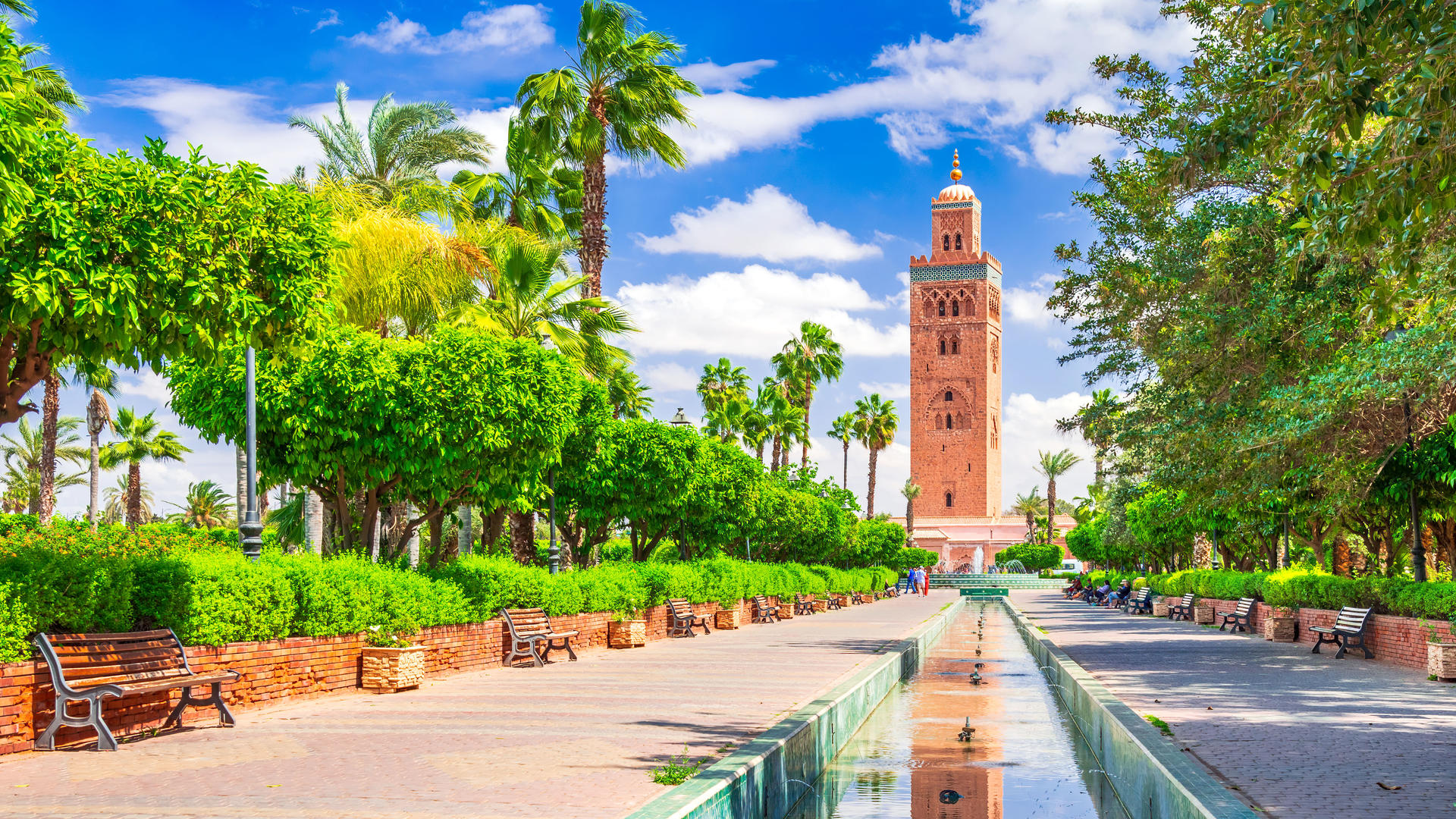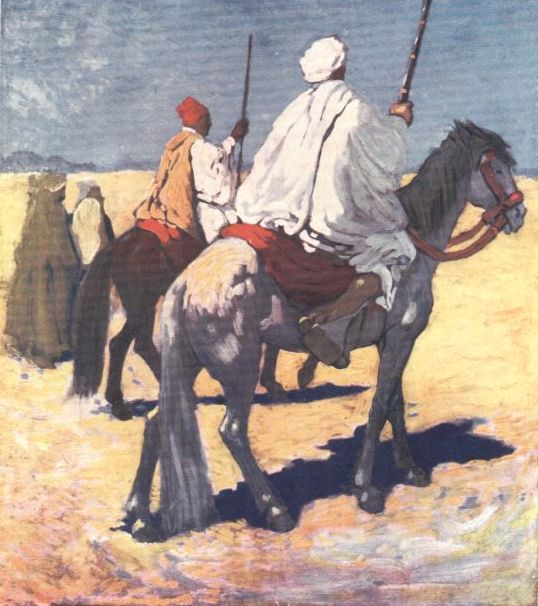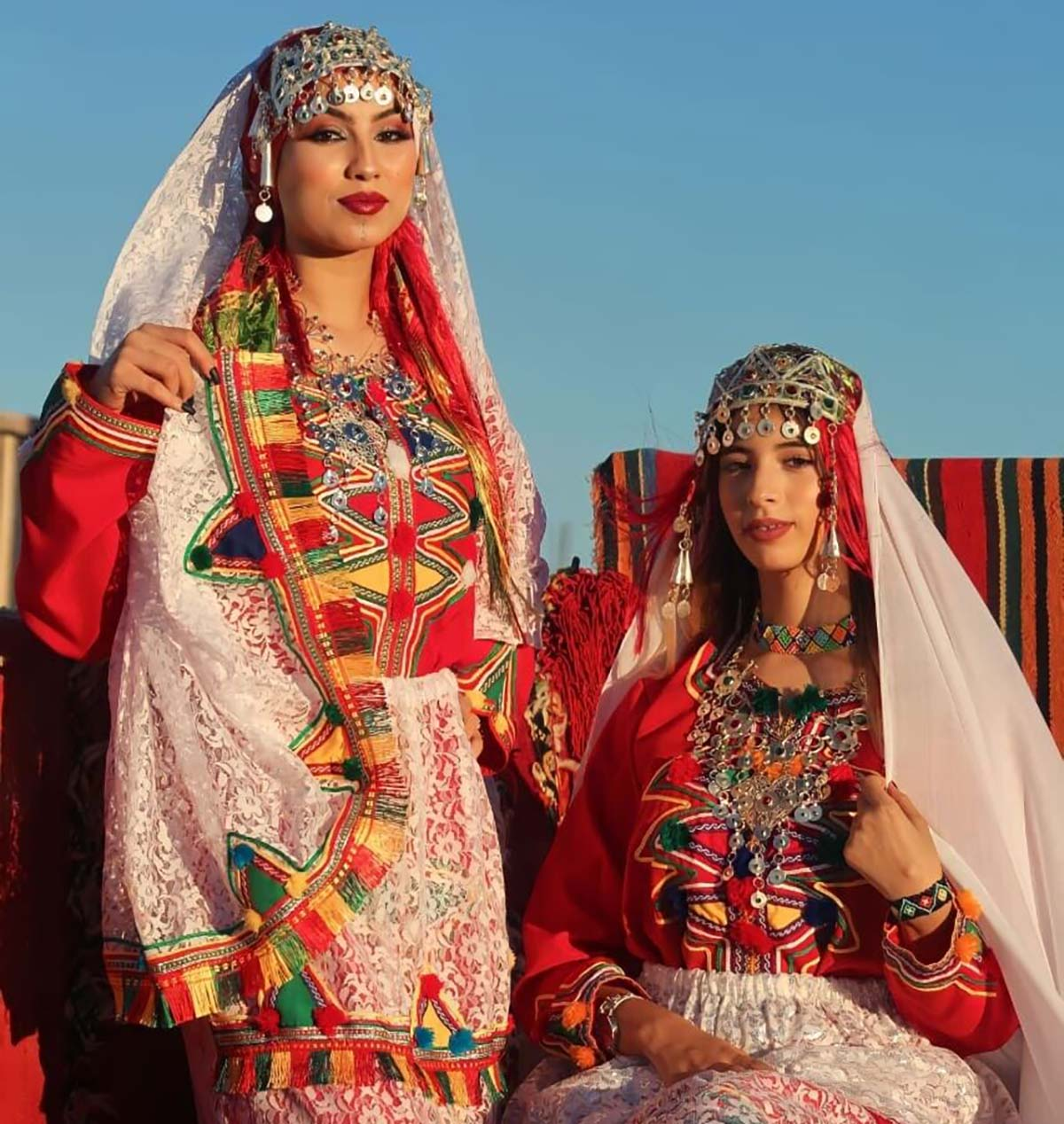- Published on
Sacred Moroccan Tree Veneration The Argan and Olive Traditions
- Authors

- Name
- Adil ABBADI
Introduction
In the heart of Morocco, where the Atlas Mountains meet the Sahara Desert, lies a rich cultural tapestry woven from the threads of nature, spirituality, and tradition. For centuries, the argan and olive trees have been revered as sacred entities, holding a special place in the country's ecological, medicinal, and spiritual heritage. This article delves into the cultural significance of these trees, exploring their role in Moroccan tradition, and the efforts to preserve their legacy in the face of environmental challenges.

- Cultural Context
- Traditional Significance
- Modern Relevance
- Cultural Preservation
- Conclusion
- Cultural Call-to-Action
Cultural Context
In Moroccan culture, trees have long been considered a symbol of life, wisdom, and fertility. The argan tree (Argania spinosa) and olive tree (Olea europaea) are particularly revered for their unique properties and the benefits they bring to the environment and local communities. The argan tree, found only in southwest Morocco, is prized for its nutritious oil, used in cooking, cosmetics, and traditional medicine. The olive tree, cultivated throughout the country, provides a staple crop for food, oil, and wood. Both trees have been integral to Moroccan livelihoods for centuries, supporting rural economies and preserving biodiversity.
Traditional Significance
In traditional Berber culture, the argan tree is considered a sacred entity, associated with fertility, protection, and good fortune. The tree's gnarled branches are believed to hold mystical powers, with locals often tying strips of cloth or leaving offerings at the base of the tree to ensure a successful harvest. The olive tree, too, holds a special place in Moroccan tradition, symbolizing peace, prosperity, and wisdom. In rural communities, olive trees are often planted as a symbol of good luck and to mark important life events, such as weddings and births.

Modern Relevance
In recent years, the argan and olive trees have gained international recognition for their ecological importance. The argan tree, with its deep roots, helps to combat soil erosion and desertification, while the olive tree provides a natural barrier against the encroachment of the desert. As Morocco faces the challenges of climate change, the preservation of these tree species has become crucial for maintaining biodiversity and supporting rural livelihoods. Efforts to promote sustainable forestry practices, organic farming, and eco-tourism have helped to raise awareness about the importance of protecting these sacred trees.
Cultural Preservation
To ensure the long-term preservation of the argan and olive tree traditions, various initiatives have been launched to support local communities and promote sustainable practices. The Argan Oil Cooperative, for example, empowers local women to manage and market their own argan oil production, providing a vital source of income and promoting the preservation of traditional skills. Similarly, the Moroccan government has established protected areas and national parks to safeguard the country's olive groves and argan forests.

Conclusion
The sacred Moroccan tree veneration traditions surrounding the argan and olive trees are a testament to the country's rich cultural heritage and its deep connection with nature. As we move forward in an era of environmental uncertainty, it is essential that we recognize the importance of preserving these traditions, not only for their ecological significance but also for the spiritual and medicinal benefits they bring to local communities. By supporting sustainable practices and promoting cultural appreciation, we can ensure the continued thrival of these sacred trees and the rich cultural tapestry they represent.
Cultural Call-to-Action
As you explore the wonders of Moroccan culture, take a moment to appreciate the sacred trees that have been revered for centuries. Support local, sustainable, and environmentally conscious initiatives that promote the preservation of the argan and olive tree traditions. Visit Morocco's protected areas and national parks to experience the beauty and majesty of these trees firsthand. By doing so, you will be contributing to the preservation of a cultural heritage that is truly unique and precious.
